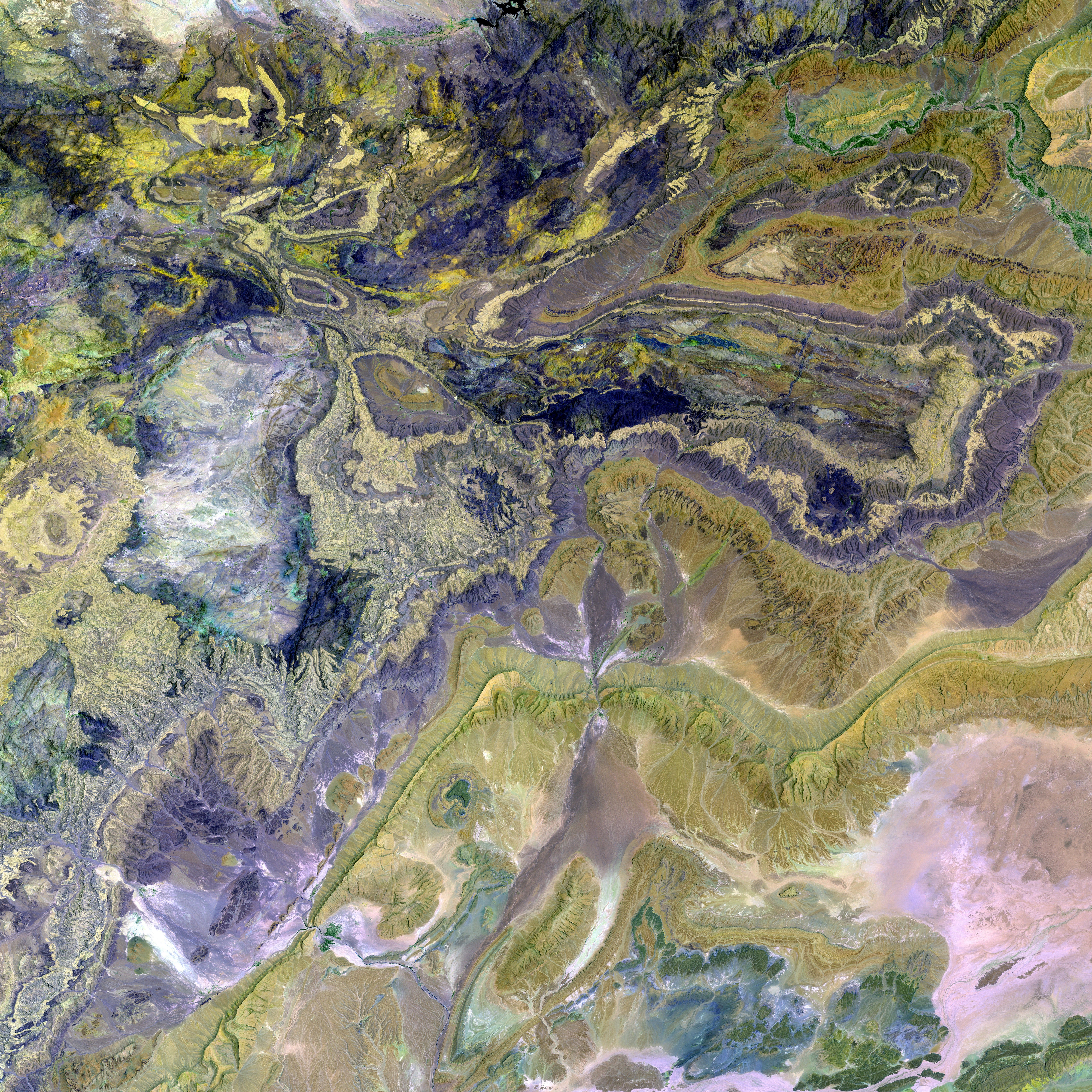Journalists under Fire in Lebanon - Unfolding a Controversial Incident
In an unsettling turn of events, seven journalists reporting on the tense Lebanon-Israel border conflict in mid-October might have been the unfortunate target of an Israeli tank shell, according to a probe by AFP news agency. The investigation, published in Paris on November 4th, utilized fragment analyses, satellite images, witness testimonies, and video recordings to reach this conclusion.
In this harrowing instance, a Reuters video journalist, Issam Abdallah, lost his life on October 13th. Simultaneously, six other journalists - Christina Assi (an AFP photographer), her video companion Dylan Collins, two Al-Jazeera personnel, and two more Reuters reporters - were injured during two explosions. Assi, who sustained severe injuries, required an amputation of her right leg and remains hospitalized.
The team of journalists was documenting armed clashes in the Lebanon-Israel border region following Hamas's brutal attacks on October 7th. The group stationed themselves near the border village of Alma al-Shaab, where skirmishes erupted regularly.
Exploring the Mystery – Ammunition Traces
AFP collaborated with Airwars, a British non-governmental organization specializing in investigating acts of aggression towards civilians in conflict zones, to scrutinize the explosion incident. Fascinatingly, moments after the incident, a fragment of ammunition was captured on camera near Abdallah's body. The next day, a local resident, who prefers anonymity, collected the fragment and recorded images of the blast site. AFP and Airwars brought this fragment to six weapons experts for rigorous examination, which consisted of ex-British Army officers and professionals with extensive experience in conflict areas.
The experts unitedly believed that the ammunition fragment originated from a 120-millimeter tank projectile often utilized by Israeli Merkava tanks. Geographically, the shell was presumably launched from the neighboring Israeli village of Jordeikh. Surprisingly, there wasn't any combat in the region at the time of the attack. The journalists were well-protected, donning helmets and vests marked "Press," taking cover behind clearly visible cameras affixed to tripods.
The Ambush – Unforeseen Tragedy
The first attack struck the journalists at approximately 6:02 pm; Abdallah was instantly killed, while Assi sustained severe injuries. Her screams of distress were captured on video recordings, asking "What happened? What has happened? I can't feel my legs." After around an hour of shelling, Collins ascertained that they were suddenly under attack.
Assi recalled the unsettling moment, saying they had purposefully positioned themselves in a desolate and safe area, with a respectable distance from the frontlines. Suddenly, everything turned white, she explained, and she lost the ability to feel her legs, prompting her to scream for help. During Collins's efforts to provide her first aid, a second explosive struck an Al-Jazeera vehicle, injuring Collins as well.
The experts corroborated that both incidents occurred just 37 seconds apart, with the projectiles landing within a few meters of each other. Therefore, they eliminated the possibility of an accidental blast happening. The satellite images demonstrated that Israeli tanks were stationed near Jordeikh at the time of the attack, but it was impossible to ascertain which specific tank launched the shells or the unit to which they belonged.
Israeli Military Remains Silent
Subsequent investigations by human rights organizations such as HRW and Amnesty International corroborated AFP's findings, labeling the attacks as apparent deliberate attacks on civilians, which could be classified as a "war crime." In accordance with international humanitarian law, direct assaults on innocent civilians are strictly forbidden.
In response to AFP's inquiry, the Israeli army did not comment initially. However, shortly following the incident, a military spokesperson expressed regret for Abdallah's death and pledged to investigate the incident.
AFP's Information Director, Phil Chetwynd, stated unequivocally that legal measures would be taken to seek justice for Abdallah and Assi. According to the Committee to Protect Journalists (CPJ), since the Gaza War commenced, at least 63 journalists and media personnel have lost their lives.
[1] Source: United Nations Interim Force in Lebanon (UNIFIL) report.







